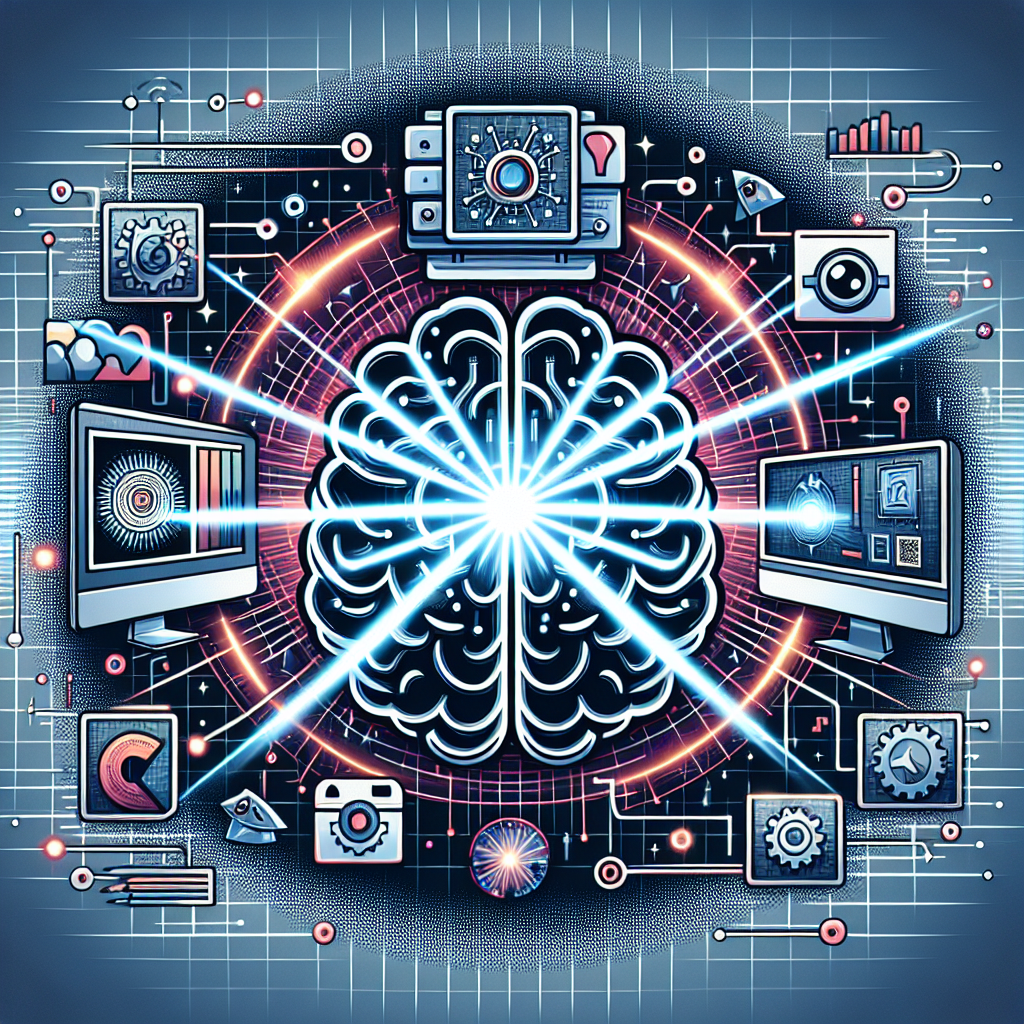In recent years, artificial intelligence (AI) has made significant advancements in image recognition technology. Leveraging AI platforms for image recognition has become increasingly popular across various industries, including healthcare, retail, automotive, and more. This technology allows businesses to streamline processes, improve efficiency, and enhance customer experiences.
AI platforms for image recognition use deep learning algorithms to analyze and interpret images. These algorithms are trained on massive datasets to recognize patterns and features within images. By leveraging this technology, businesses can automate tasks that were once time-consuming and error-prone, such as quality control, object detection, facial recognition, and more.
One of the key benefits of using AI platforms for image recognition is the ability to process large volumes of images quickly and accurately. This technology can analyze thousands of images in a matter of seconds, providing businesses with valuable insights and actionable data. For example, in the retail industry, AI platforms can analyze customer behavior by tracking movements and interactions within a store. This data can be used to optimize store layouts, improve product placement, and enhance the overall shopping experience.
Moreover, AI platforms for image recognition can help businesses identify trends and patterns that may not be visible to the human eye. By analyzing images at scale, businesses can gain a deeper understanding of customer preferences, market trends, and competitor strategies. This information can be used to make informed business decisions and drive growth.
Another benefit of leveraging AI platforms for image recognition is the ability to automate repetitive tasks. For example, in the healthcare industry, AI platforms can analyze medical images to assist radiologists in diagnosing diseases and conditions. This technology can help reduce the time and effort required to interpret complex images, allowing healthcare professionals to focus on providing high-quality care to patients.
Overall, AI platforms for image recognition offer businesses a powerful tool to improve efficiency, enhance decision-making, and drive innovation. By leveraging this technology, businesses can gain a competitive edge in today’s fast-paced digital landscape.
FAQs:
Q: How does AI platforms for image recognition work?
A: AI platforms for image recognition use deep learning algorithms to analyze and interpret images. These algorithms are trained on massive datasets to recognize patterns and features within images. By leveraging this technology, businesses can automate tasks that were once time-consuming and error-prone, such as quality control, object detection, facial recognition, and more.
Q: What are some practical applications of AI platforms for image recognition?
A: AI platforms for image recognition have a wide range of practical applications across various industries. In the retail industry, this technology can be used to analyze customer behavior, optimize store layouts, and improve product placement. In the healthcare industry, AI platforms can assist radiologists in diagnosing diseases and conditions by analyzing medical images. In the automotive industry, this technology can be used for autonomous driving, object detection, and more.
Q: What are the benefits of using AI platforms for image recognition?
A: The benefits of using AI platforms for image recognition include the ability to process large volumes of images quickly and accurately, identify trends and patterns that may not be visible to the human eye, and automate repetitive tasks. This technology can help businesses streamline processes, improve efficiency, and enhance customer experiences.
Q: How can businesses leverage AI platforms for image recognition?
A: Businesses can leverage AI platforms for image recognition by integrating this technology into their existing systems and workflows. By partnering with AI platform providers, businesses can access cutting-edge image recognition technology and tailor it to their specific needs. This technology can be used to automate tasks, gain valuable insights from images, and drive innovation across various industries.

